Home>Home Appliances>Home Automation Appliances>How To Check Defrost Thermostat
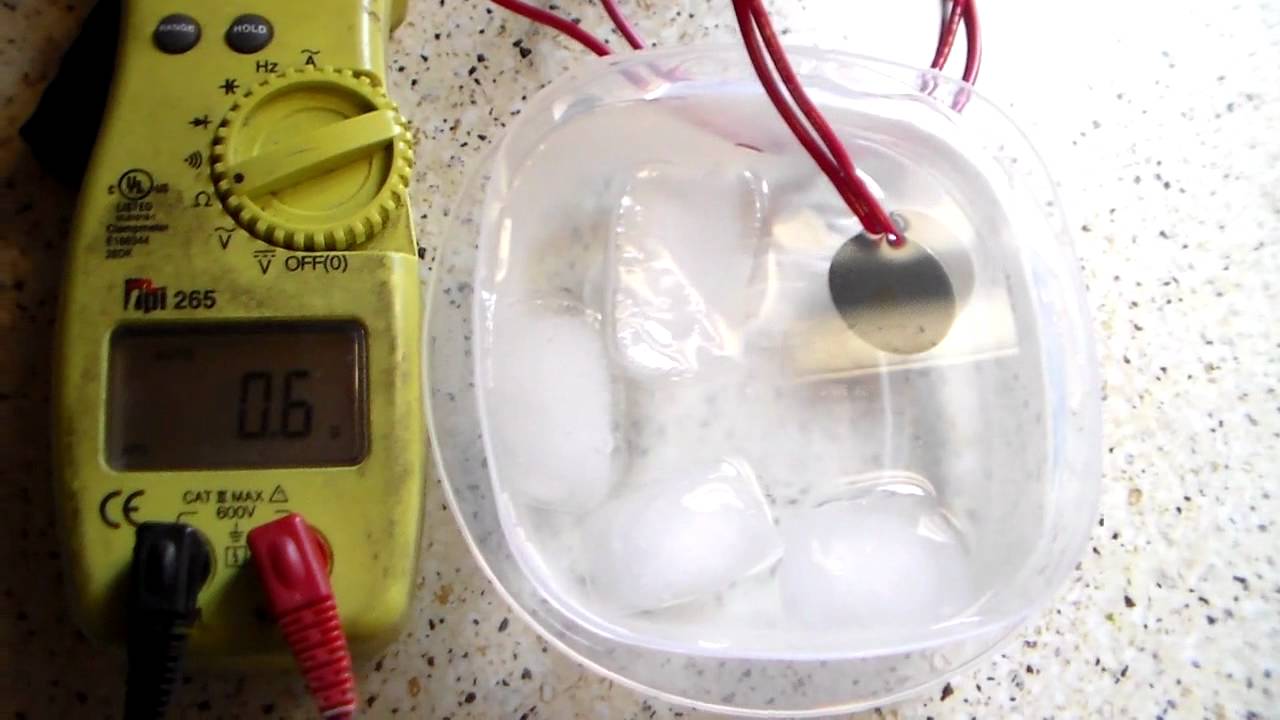

Home Automation Appliances
How To Check Defrost Thermostat
Modified: March 25, 2024
Learn how to check the defrost thermostat in your home automation appliances. Follow our step-by-step guide to troubleshoot and fix the issue.
(Many of the links in this article redirect to a specific reviewed product. Your purchase of these products through affiliate links helps to generate commission for Storables.com, at no extra cost. Learn more)
**
Introduction
**
Welcome to the world of home automation and appliance maintenance! In this article, we will delve into the essential task of checking the defrost thermostat in your refrigerator. As a critical component of the defrost system, the defrost thermostat plays a pivotal role in maintaining the optimal temperature in your fridge and ensuring the longevity of your food items.
Refrigerators have become an indispensable part of modern living, preserving our perishable goods and providing us with refreshing beverages and chilled treats. However, like all appliances, refrigerators require regular maintenance to function efficiently. Understanding how to check the defrost thermostat is a valuable skill that can help you troubleshoot potential issues and prolong the lifespan of your refrigerator.
So, let's embark on this informative journey to uncover the intricacies of the defrost thermostat and equip ourselves with the knowledge and tools needed to ensure our refrigerators operate smoothly. Whether you are a seasoned DIY enthusiast or someone looking to expand your home maintenance skills, this guide will provide you with the insights and techniques necessary to assess and potentially rectify any issues with your refrigerator's defrost thermostat.
Now, let's explore the world of defrost thermostats and discover the signs of a faulty one, the tools required for checking it, and the step-by-step process to effectively conduct this maintenance task. By the end of this article, you will feel confident in your ability to assess and address potential issues related to the defrost thermostat in your refrigerator, contributing to the efficient functioning of this essential home appliance.
Key Takeaways:
- Regularly checking the defrost thermostat in your refrigerator is crucial for maintaining its efficiency and preventing frost buildup, ensuring your food stays fresh and your appliance lasts longer.
- By recognizing signs of a faulty defrost thermostat, using essential tools like a multi-meter and screwdriver set, and following step-by-step testing, you can proactively maintain your refrigerator’s optimal performance.
What is a Defrost Thermostat?
Before delving into the process of checking the defrost thermostat, it’s essential to grasp the fundamental role this component plays in the operation of your refrigerator. The defrost thermostat, also known as the bi-metal defrost thermostat, is an integral part of the defrost system in modern refrigerators. Its primary function is to monitor and regulate the temperature within the freezer compartment to prevent the buildup of excessive frost on the evaporator coils.
As your refrigerator operates, the evaporator coils, responsible for cooling the interior, accumulate frost due to the continuous circulation of air and moisture. The defrost thermostat serves as a safeguard against the formation of thick layers of ice on these coils, which can impede the cooling process and lead to inefficient operation.
The defrost thermostat achieves this by monitoring the temperature near the evaporator coils. When the temperature drops below a certain threshold, indicating the presence of frost, the thermostat activates the defrost heater, initiating the defrost cycle. This cycle involves temporarily halting the compressor and turning on the defrost heater to melt the accumulated frost. Once the defrost thermostat detects that the temperature has risen to an optimal level, signaling the removal of the frost, it terminates the defrost cycle, allowing the refrigerator to resume its regular cooling operation.
By effectively managing the defrost cycle, the defrost thermostat prevents excessive frost buildup, ensuring that the evaporator coils can function efficiently without being encumbered by insulating layers of ice. This, in turn, maintains the overall performance and energy efficiency of the refrigerator, preserving the freshness of your food items and extending the lifespan of the appliance.
Understanding the pivotal role of the defrost thermostat provides valuable insight into its significance within the refrigeration system. With this knowledge in mind, we can now explore the indicators of a faulty defrost thermostat and the necessary steps for checking and addressing potential issues related to this critical component.
Signs of a Faulty Defrost Thermostat
Identifying the signs of a faulty defrost thermostat is crucial for maintaining the optimal performance of your refrigerator. A malfunctioning defrost thermostat can disrupt the regular defrost cycle, leading to excessive frost buildup on the evaporator coils and compromising the cooling efficiency of the appliance. By recognizing the following indicators, you can promptly address potential issues related to the defrost thermostat:
- Excessive Frost Accumulation: One of the primary signs of a faulty defrost thermostat is the presence of thick frost or ice on the evaporator coils within the freezer compartment. If you notice a substantial buildup of frost that persists despite regular defrost cycles, it may indicate a malfunctioning thermostat.
- Inconsistent Cooling: A defective defrost thermostat can result in irregular cooling patterns within the refrigerator. You may observe fluctuations in temperature, with certain areas of the appliance being excessively cold while others remain inadequately chilled. This inconsistency often stems from compromised airflow due to frost accumulation caused by a malfunctioning thermostat.
- Visible Damage: Physical damage to the defrost thermostat, such as corrosion, cracks, or frayed wires, can impair its functionality. Inspect the thermostat for any visible signs of wear and tear, as these can indicate a need for replacement or repair.
- Failure to Enter Defrost Mode: If the refrigerator consistently fails to initiate the defrost cycle, it may signal a malfunction in the thermostat’s ability to accurately detect frost accumulation. This can lead to persistent frost buildup and hinder the appliance’s cooling performance.
- Shortened Cooling Cycles: A malfunctioning defrost thermostat may cause the cooling cycles to become shorter than usual, leading to inadequate cooling and potential temperature fluctuations within the refrigerator. This can result in compromised food preservation and reduced energy efficiency.
Recognizing these signs can empower you to take proactive measures to address potential issues with the defrost thermostat, ensuring the efficient operation of your refrigerator. By promptly identifying and resolving thermostat-related issues, you can prevent excessive frost buildup, maintain consistent cooling performance, and prolong the lifespan of your appliance.
Now that we have identified the signs of a faulty defrost thermostat, let’s explore the essential tools required to check and assess the functionality of this critical component within your refrigerator.
To check the defrost thermostat, use a multimeter to test for continuity. Disconnect the thermostat and place the multimeter probes on each terminal. If there is no continuity, the thermostat is faulty and needs to be replaced.
Tools Needed for Checking the Defrost Thermostat
Before embarking on the process of checking the defrost thermostat in your refrigerator, it’s essential to ensure that you have the necessary tools at your disposal. These tools will enable you to conduct a thorough assessment of the thermostat’s functionality and identify any potential issues that may be affecting its performance. Here are the essential tools required for checking the defrost thermostat:
- Multi-Meter: A multi-meter is an indispensable tool for measuring electrical resistance, voltage, and continuity. When assessing the defrost thermostat, the multi-meter allows you to determine whether the thermostat is functioning within the specified parameters and whether it is effectively controlling the defrost cycle.
- Screwdriver Set: As you may need to access the interior components of the refrigerator to reach the defrost thermostat, a set of screwdrivers, including both flathead and Phillips head varieties, is essential. These tools enable you to safely remove panels and access the thermostat for testing and inspection.
- Insulated Gloves: Given that you will be working with electrical components, it’s advisable to wear insulated gloves to minimize the risk of electric shock and ensure safe handling of the thermostat and related wiring.
- Protective Eyewear: While conducting any maintenance task involving electrical components, wearing protective eyewear is crucial to safeguard your eyes from potential hazards, such as loose debris or accidental contact with electrical elements.
- Flashlight: A reliable flashlight will aid in illuminating the interior of the refrigerator, particularly if the area housing the defrost thermostat is not adequately lit. This ensures clear visibility while inspecting and testing the thermostat.
By assembling these essential tools, you can prepare yourself for a thorough and safe assessment of the defrost thermostat in your refrigerator. These tools will facilitate the process of diagnosing any potential issues and determining the functionality of the thermostat, allowing you to take appropriate measures to address any identified issues.
With the necessary tools at your disposal, you are now ready to proceed with the step-by-step process of checking the defrost thermostat and ensuring the efficient operation of your refrigerator.
Steps to Check the Defrost Thermostat
Checking the defrost thermostat in your refrigerator involves a systematic process to assess its functionality and determine whether it is operating within the specified parameters. By following these step-by-step instructions, you can effectively evaluate the thermostat and address any potential issues that may be affecting its performance:
- Preparation: Before initiating the assessment, ensure that the refrigerator is unplugged to eliminate the risk of electrical shock. Additionally, empty the contents of the freezer compartment to gain unobstructed access to the defrost thermostat and related components.
- Locate the Defrost Thermostat: Identify the location of the defrost thermostat within the freezer compartment. It is typically situated near the evaporator coils or in proximity to the cooling fan. Refer to the refrigerator’s manual or schematic diagrams to pinpoint the precise location of the thermostat.
- Access the Thermostat: Using a screwdriver, carefully remove any panels or covers obstructing access to the defrost thermostat. Exercise caution when handling the components and ensure that the power source is disconnected to prevent any electrical hazards.
- Disconnect the Wires: Once you have accessed the defrost thermostat, disconnect the wires attached to it. Take note of the wire placement or label them to facilitate reconnection during the reassembly process.
- Testing with a Multi-Meter: Set the multi-meter to the resistance or continuity setting. Place the meter’s probes on the thermostat’s terminals to measure its resistance. Compare the obtained reading with the specified resistance range outlined in the refrigerator’s manual. This test enables you to determine whether the thermostat is functioning within the appropriate parameters.
- Assessing the Defrost Cycle: If the resistance reading falls outside the specified range, or if the thermostat fails to exhibit continuity, it may indicate a malfunction. Additionally, you can simulate the defrost cycle by lowering the thermostat’s temperature using a cold object, such as ice, and observing whether it activates the continuity function as the temperature decreases.
- Interpreting the Results: Based on the resistance readings and the thermostat’s response to temperature changes, assess whether the defrost thermostat is functioning as intended. If the tests indicate irregularities or deviations from the specified parameters, it may necessitate the replacement of the thermostat to restore optimal functionality.
- Reassembly and Testing: Upon completing the assessment, reassemble the components, ensuring that the wires are securely reconnected to the thermostat. Restore power to the refrigerator and monitor its operation to verify the effectiveness of the thermostat following the evaluation process.
By meticulously following these steps and utilizing the essential tools, you can effectively check the defrost thermostat in your refrigerator, gaining valuable insights into its functionality and identifying any potential issues that may require attention. This proactive approach empowers you to maintain the efficient operation of your refrigerator and address thermostat-related issues promptly, contributing to the longevity and performance of this essential home appliance.
With a comprehensive understanding of the process to check the defrost thermostat, you are now equipped to assess and address potential issues related to this critical component within your refrigerator. By incorporating these maintenance practices into your home appliance care routine, you can ensure the optimal performance and longevity of your refrigerator.
Read also: 8 Best Defrost Thermostat For 2024
Conclusion
Congratulations on gaining valuable insights into the world of defrost thermostats and the essential process of checking and assessing this critical component within your refrigerator. By understanding the pivotal role of the defrost thermostat and recognizing the signs of a faulty thermostat, you are well-equipped to proactively maintain the efficient operation of your refrigerator and address potential issues that may impact its performance.
Throughout this journey, we explored the fundamental function of the defrost thermostat in regulating the temperature within the freezer compartment, preventing excessive frost buildup on the evaporator coils, and ensuring the consistent cooling performance of the refrigerator. By recognizing the signs of a faulty defrost thermostat, including excessive frost accumulation, inconsistent cooling, and visible damage, you can promptly identify and address potential issues that may compromise the functionality of this vital component.
Equipped with the knowledge of the essential tools required for checking the defrost thermostat, including a multi-meter, screwdriver set, insulated gloves, protective eyewear, and a flashlight, you are prepared to conduct a thorough assessment of the thermostat’s functionality and address any identified issues effectively. These tools enable you to navigate the evaluation process with precision and ensure the safe and efficient inspection of the defrost thermostat.
By following the step-by-step process of checking the defrost thermostat, including preparation, accessing the thermostat, testing with a multi-meter, and interpreting the results, you can systematically evaluate the functionality of the thermostat and take proactive measures to address potential issues. This proactive approach empowers you to maintain the optimal performance of your refrigerator and contribute to the longevity of this essential home appliance.
As you integrate these maintenance practices into your home appliance care routine, you play a pivotal role in ensuring the efficient operation and longevity of your refrigerator. By understanding the intricacies of the defrost thermostat and acquiring the skills to assess and address potential issues, you are poised to uphold the functionality of this indispensable appliance and preserve the freshness of your food items for years to come.
Armed with this comprehensive knowledge, you are now equipped to confidently navigate the realm of defrost thermostats and contribute to the seamless operation of your refrigerator. Embrace these insights and maintenance techniques as you embark on your journey to uphold the efficiency and reliability of your home appliance, fostering a harmonious and well-maintained living environment.
Frequently Asked Questions about How To Check Defrost Thermostat
Was this page helpful?
At Storables.com, we guarantee accurate and reliable information. Our content, validated by Expert Board Contributors, is crafted following stringent Editorial Policies. We're committed to providing you with well-researched, expert-backed insights for all your informational needs.
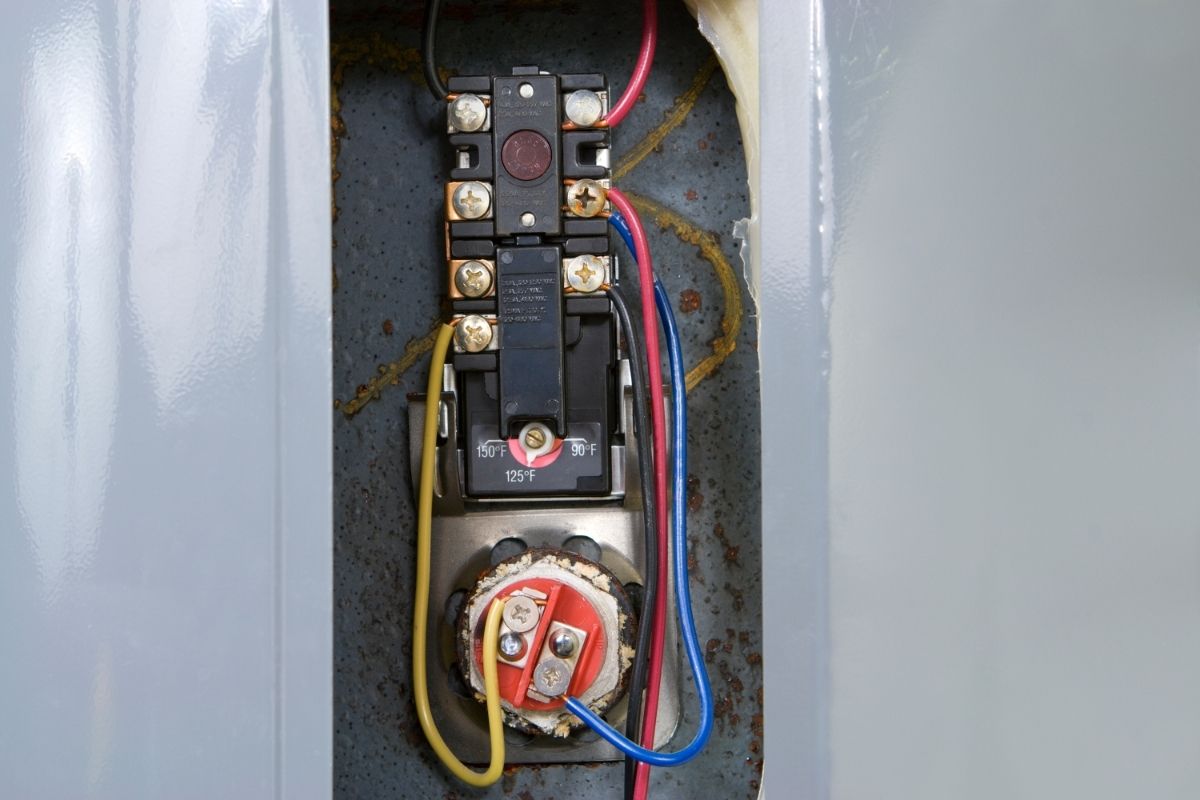
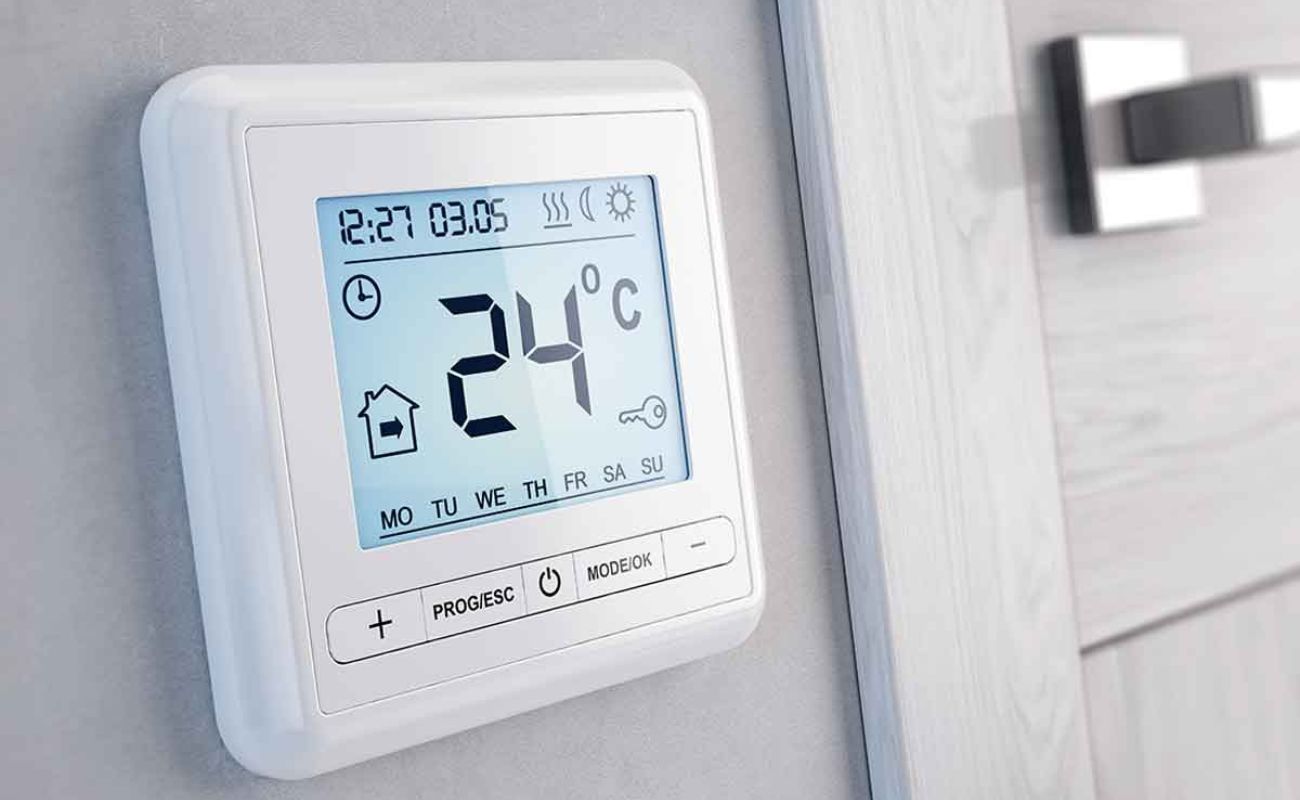
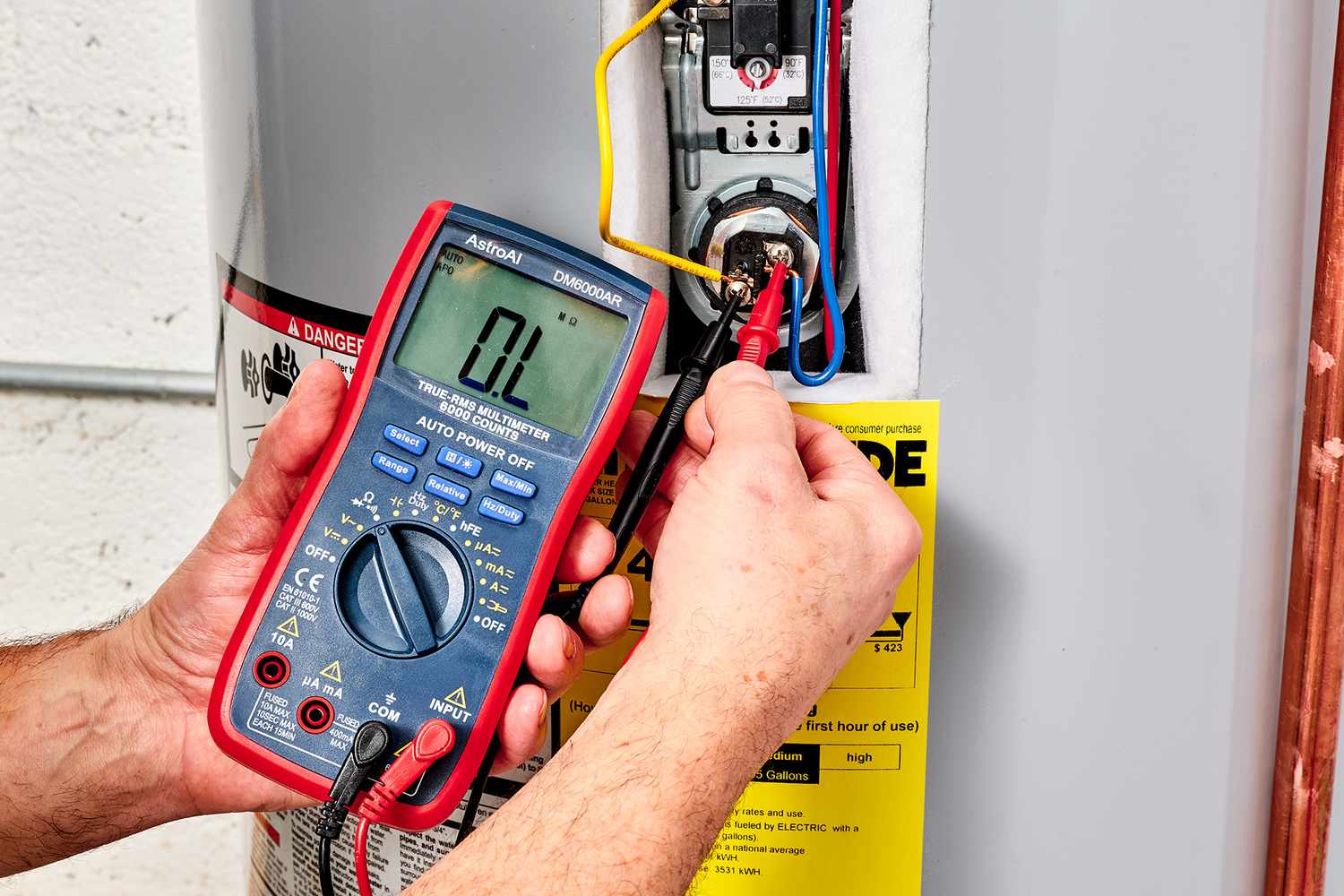
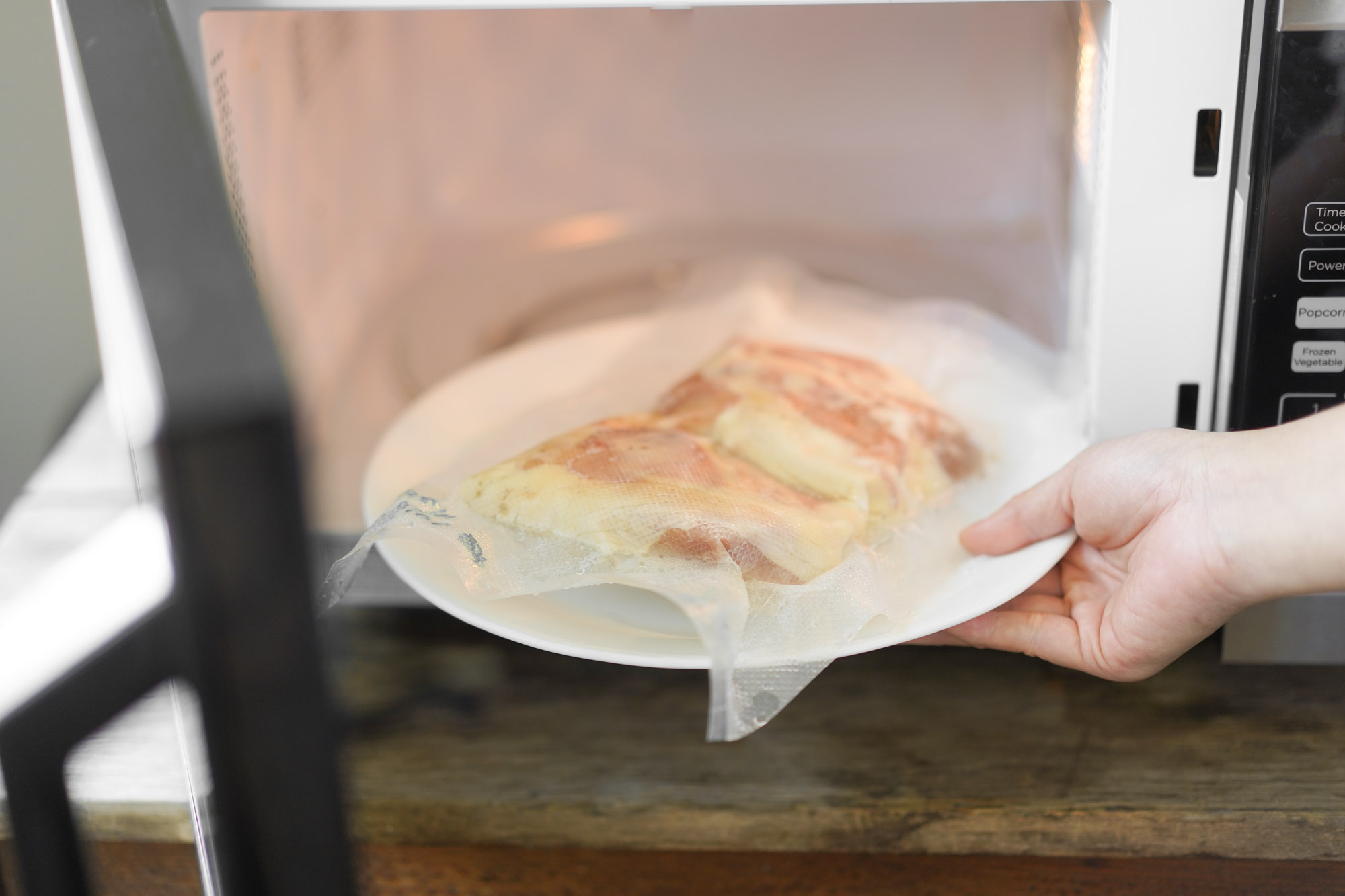
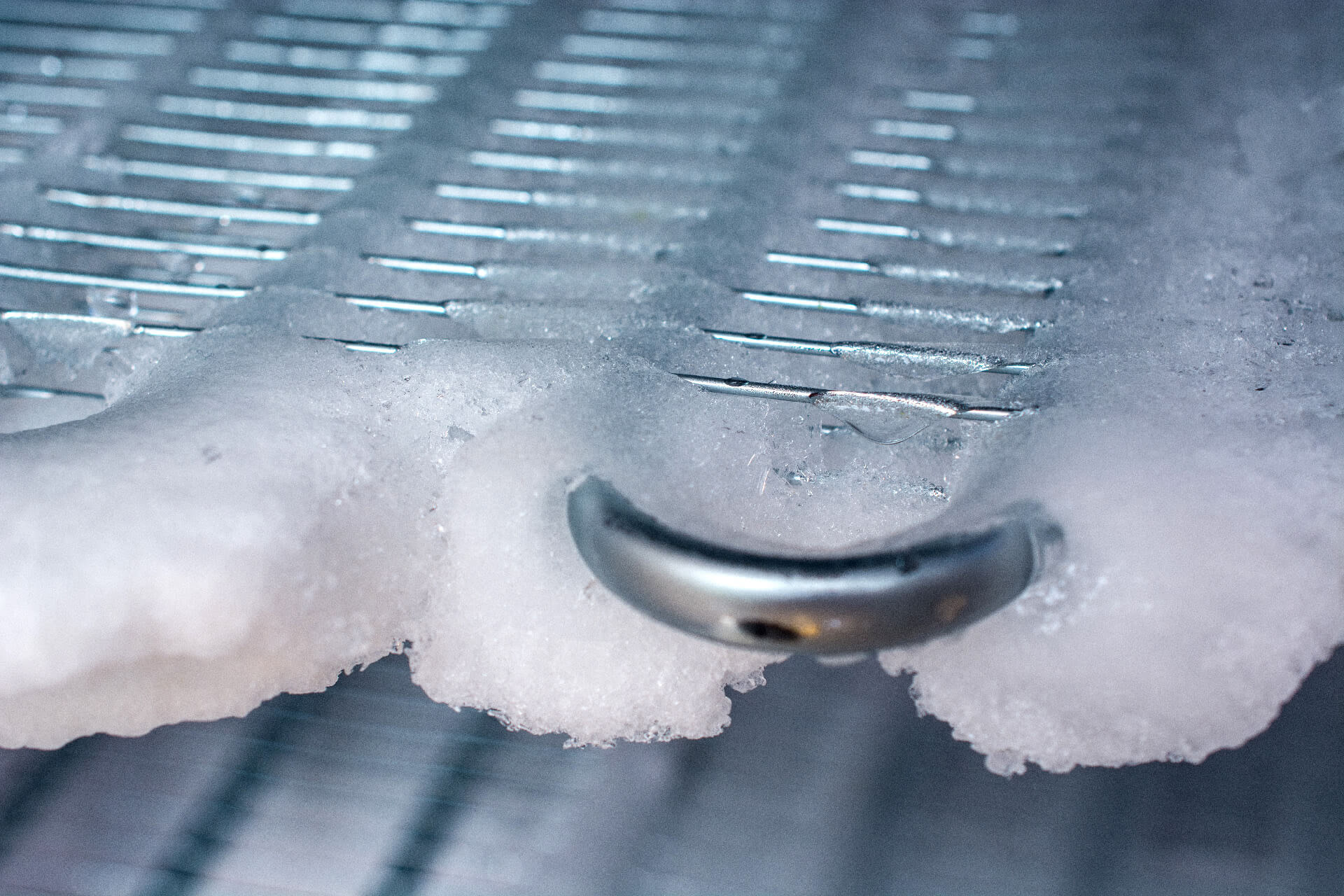
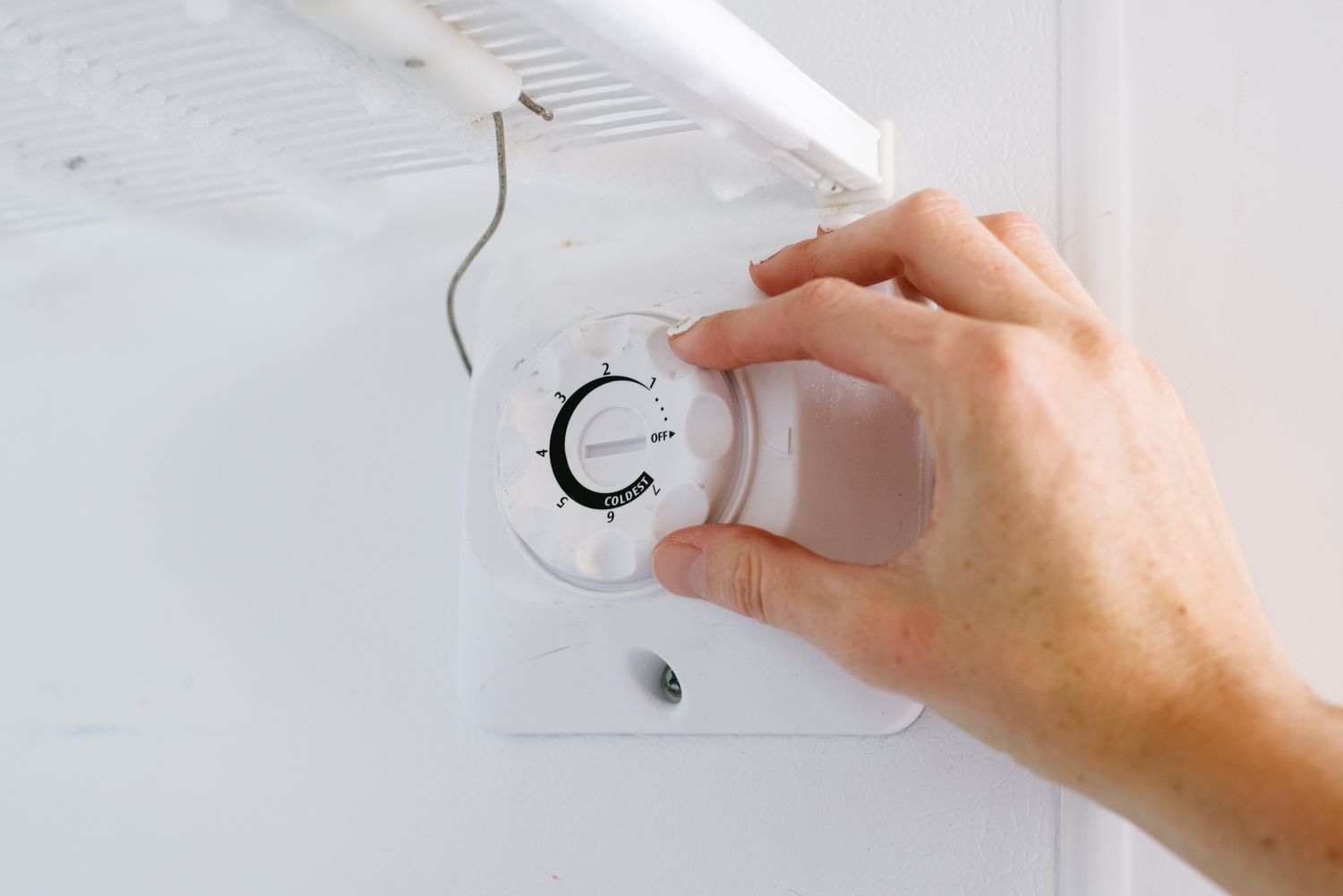
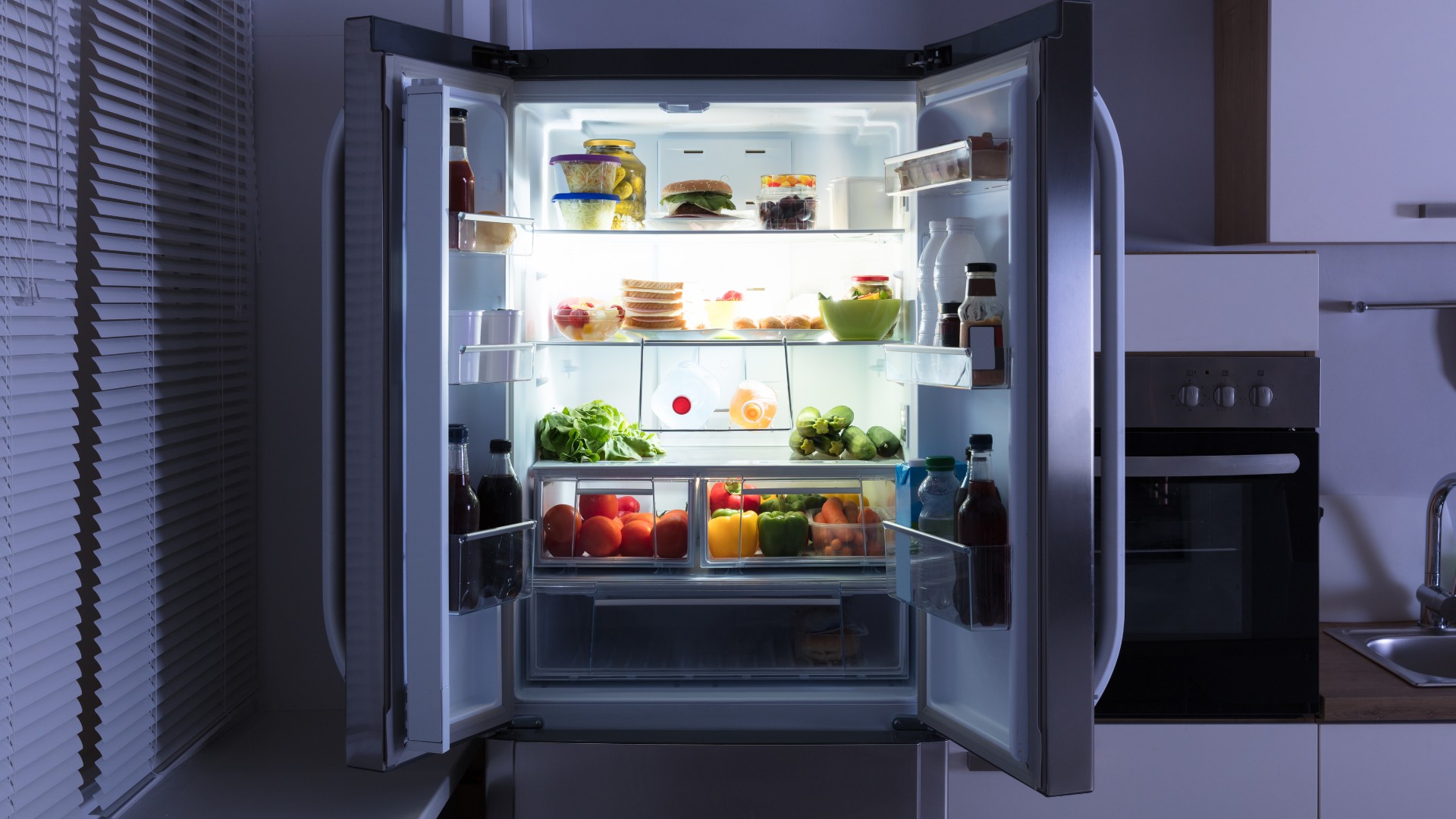
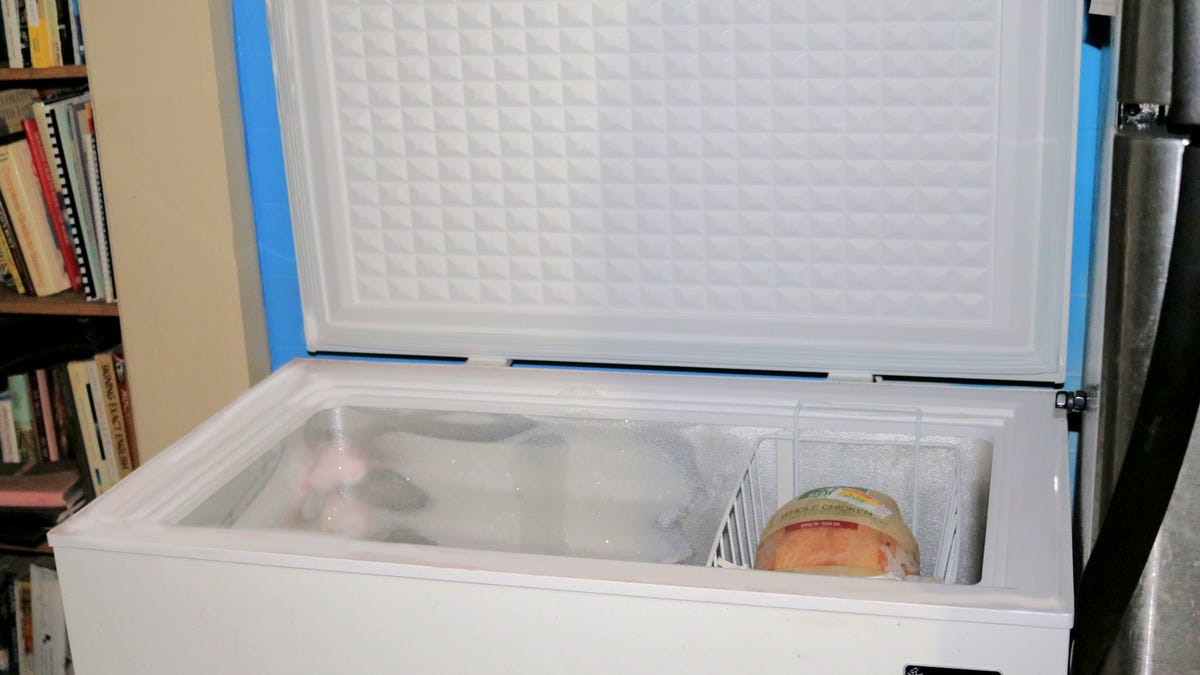
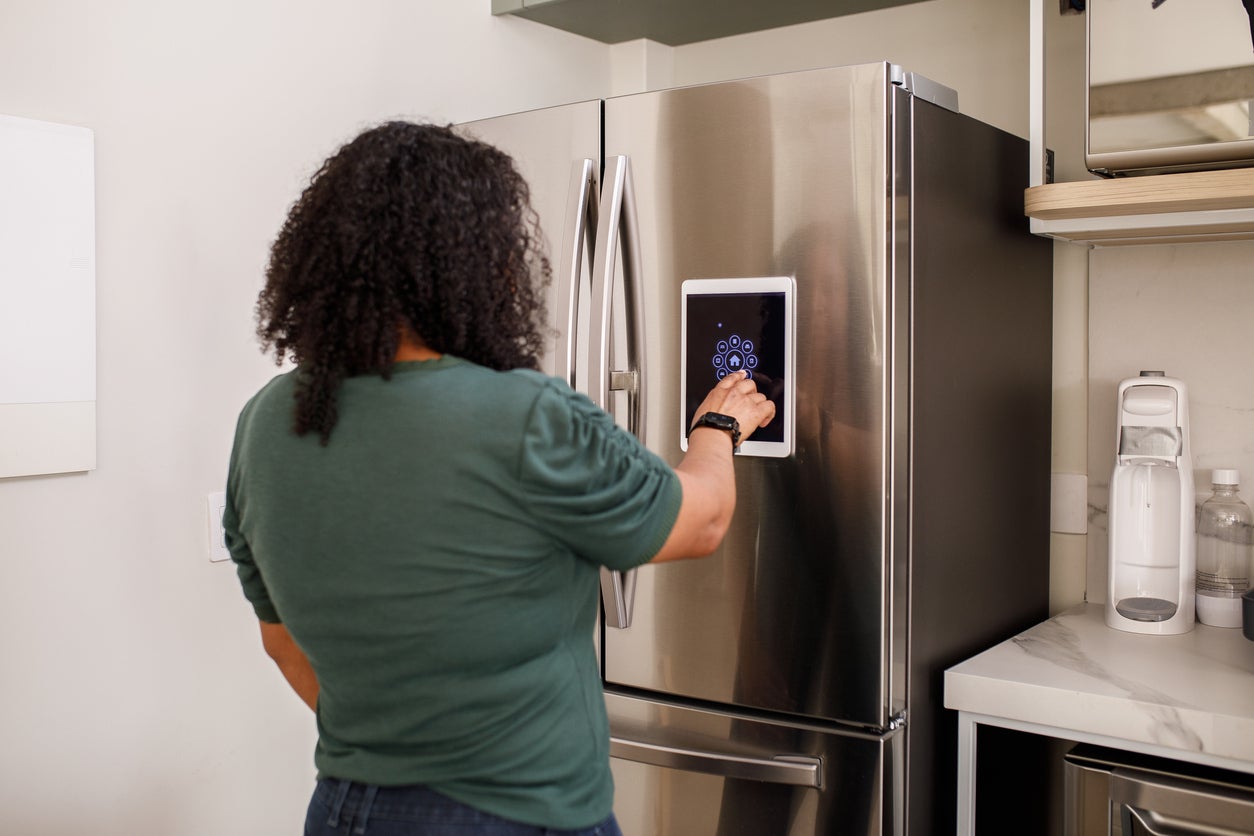

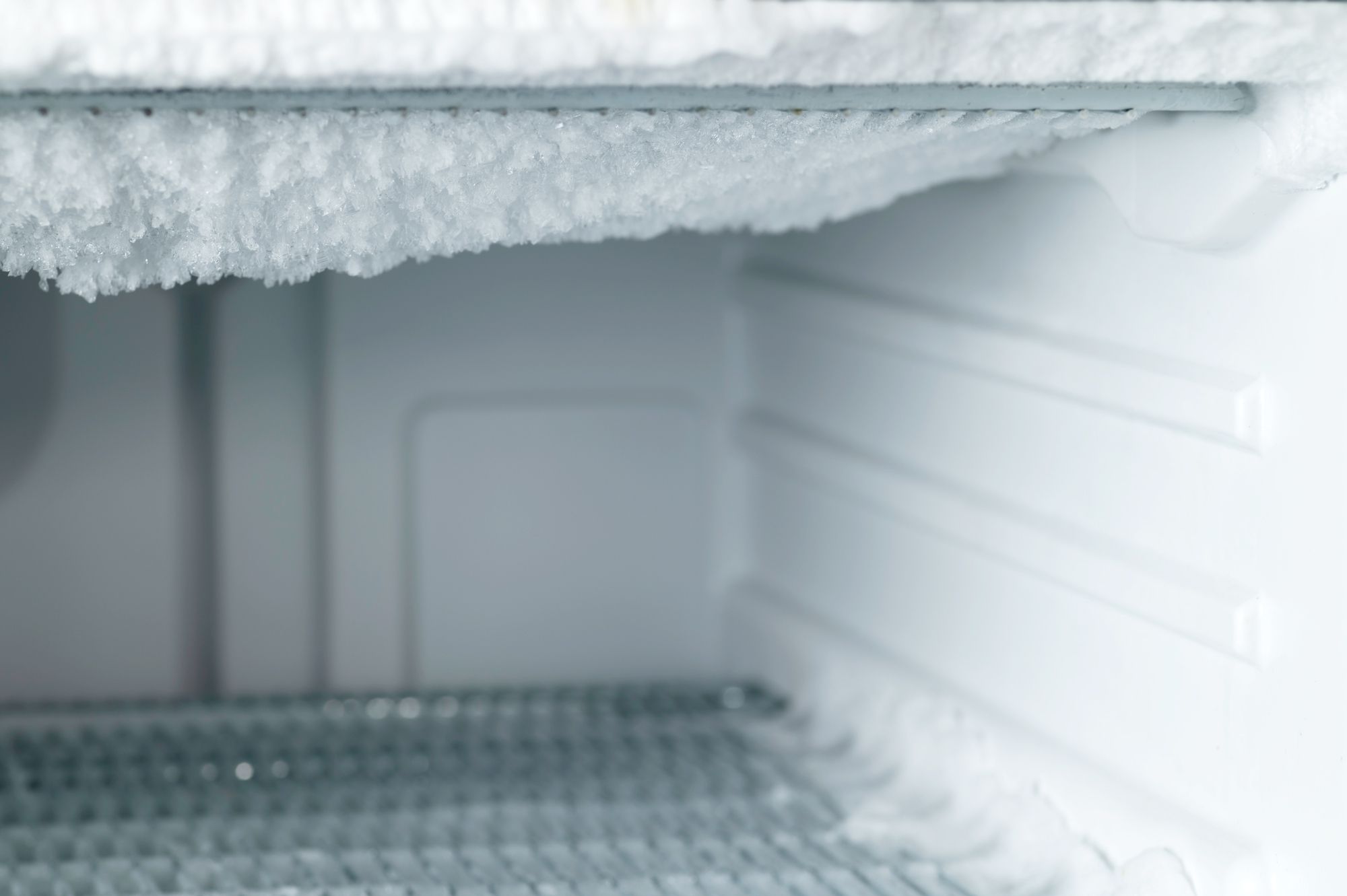
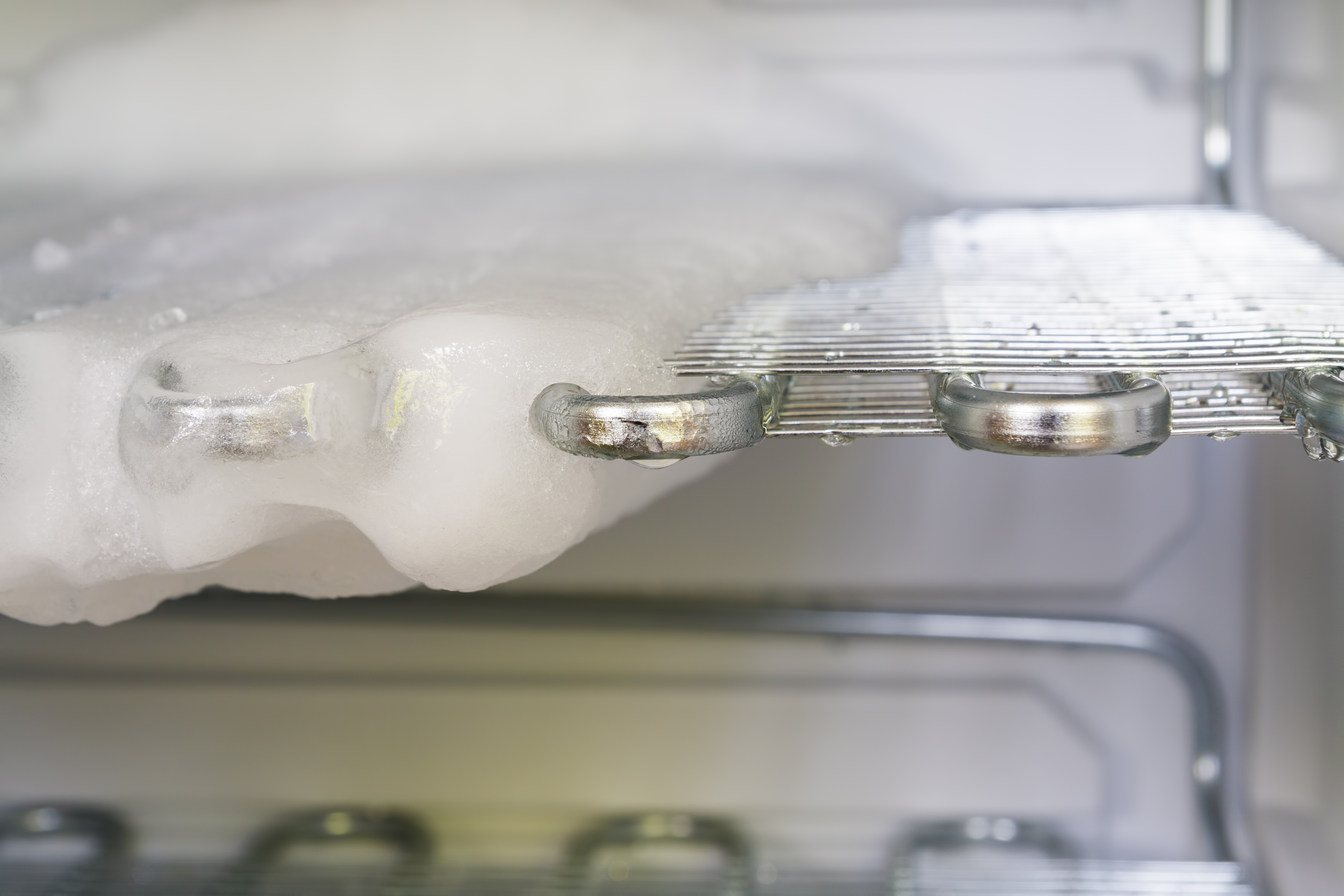

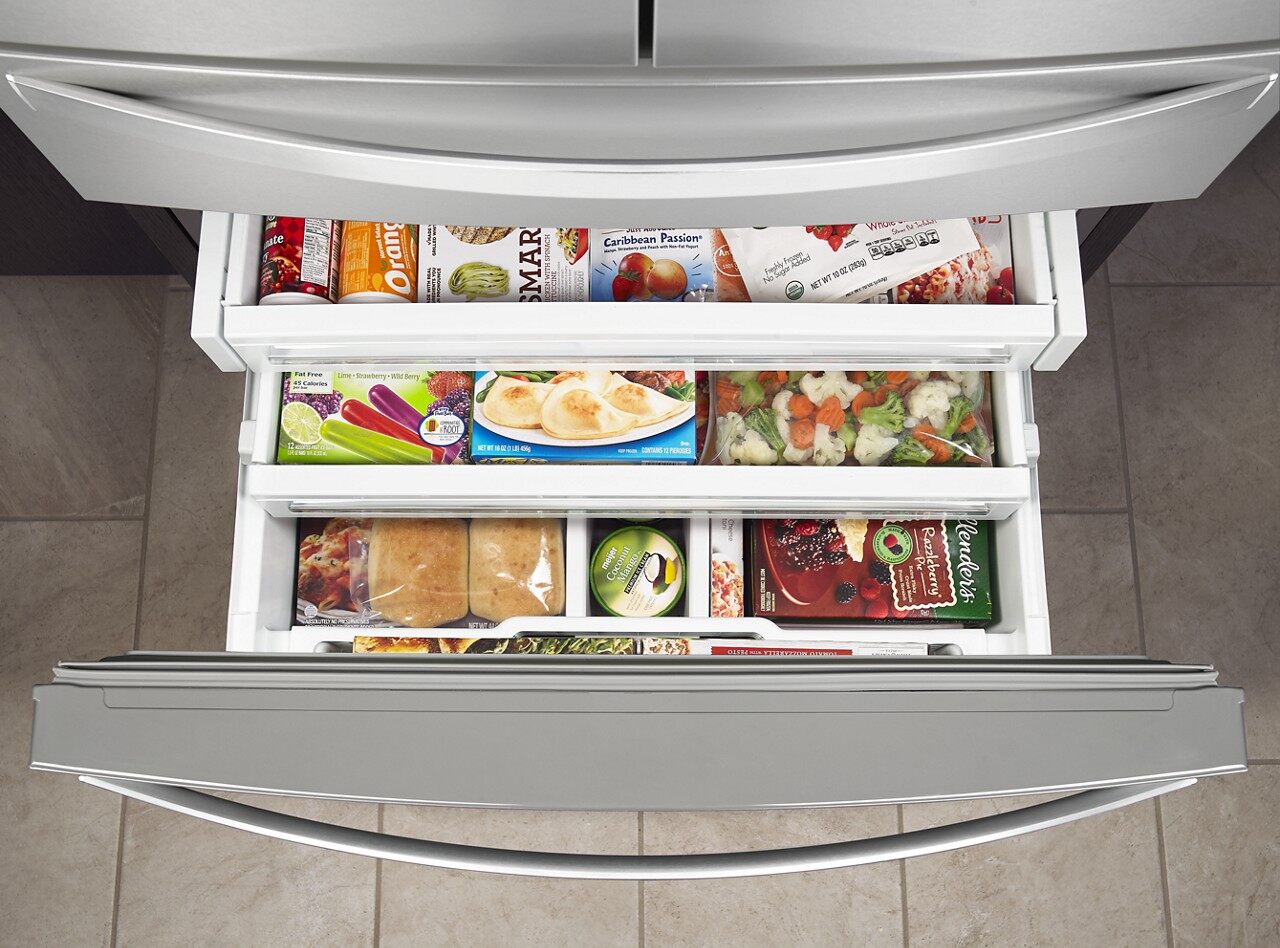

0 thoughts on “How To Check Defrost Thermostat”